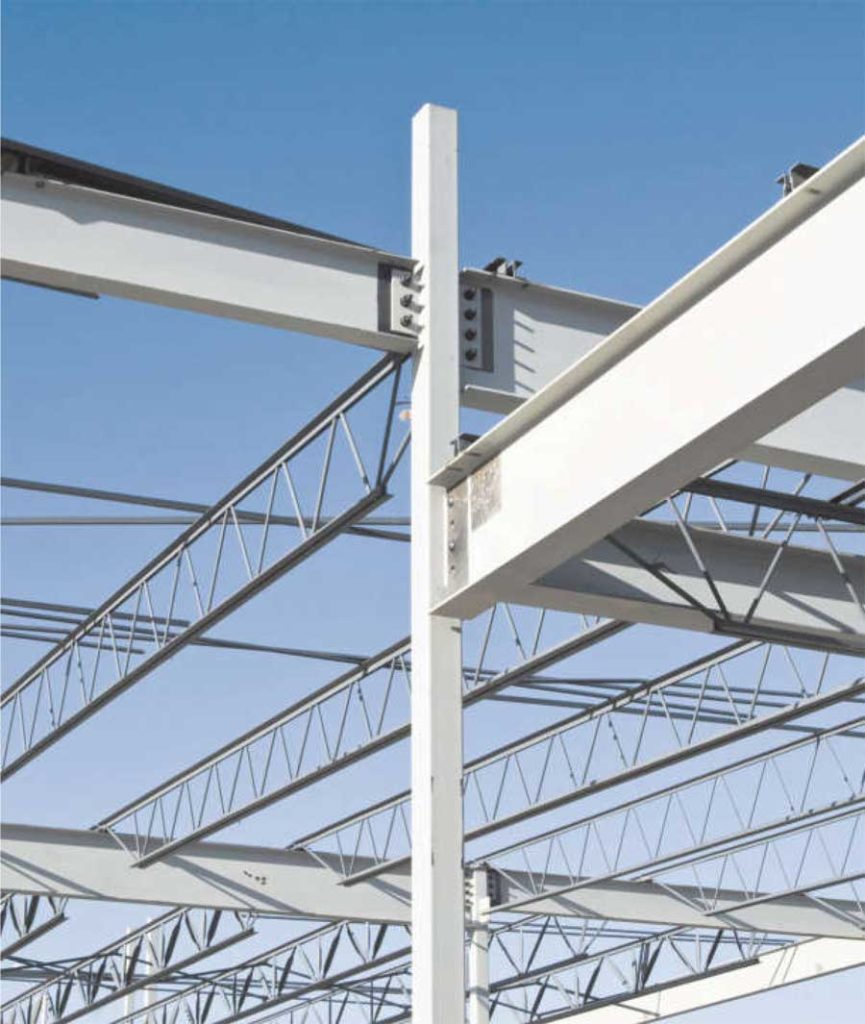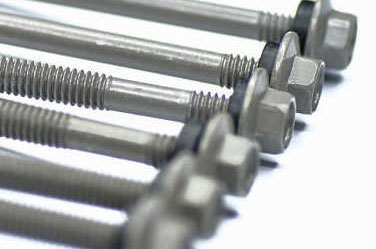In the Previous Article, we have discussed the compound interest factors that need to be considered for roofing. In this article, we will discuss the decision analysis of roofing fasteners. We will highlight on poor quality roofing washer can play a significant role in promoting corrosion and causing accelerated deterioration of roofing materials and also the ways to avoid it.
Fasteners are critical components of buildings, your reputation hangs on specifying the right fasteners. The cost of the Fasteners is normally less than 2% of the total Building cost or less than 1/2 % of the total cost of the project. But specifying inadequate fasteners can cause up to 100% of the defect in the Project. It would lead to the replacement of roofs, the Obstacle of production, water leakage, mess up of finished products, machinery, and all related issues.
Analysing the Roofing Fastener Selection problem- Small product – a big problem
It is most probably the smallest and cheapest component of a metal roofing structure, but a poor-quality roofing washer can play a significant role in promoting corrosion and causing accelerated deterioration of roofing materials.
Roofing fasteners of similar Sizes come with different Coatings. Coatings are decided based on the application. If the screws are used inside of the building a ZINC Coated fastener does the job. But the same Zinc Coated Fasteners when installed outside of the building will corrode and rust in 12 months. Causing Seepage in the building. So selection of fastener with a correct coating is important. So, Fasteners exposed to weather have to be E-Coated or have Special coating which can survive the environment weather.
A common belief is that as long as roofing fastener has a washer, it will do the job. This, however, is not true. To understand the necessity of identifying and using quality washers and seals, it is important to first understand the function of a washer in a roofing system.
A washer must be able to withstand all the environmental elements it is exposed to. These include UV degradation, salts from marine environments, acid from industrial pollution, rain, extreme heat, fumes and gases from within factories and plants, etc. While exposed to these conditions the washers must remain elastic, intact and watertight for the life span of the complete roofing system.
The cost of washers is a fraction of 1% of the cost of a roof, yet many companies will cut corners when selecting washers and opt for a lower price rather than a decent quality washer. It is a surprisingly little known fact that some washers can play a significant part in the corrosion of a roof system and can even accelerate deterioration, reducing the life span of the structure if incorrect or substandard washers are installed.

Avoiding the blended Roofing fasteners
Washers are made of a variety of materials but few are suited to the harsh conditions to which they are exposed. EPDM – a synthetic polymer derived from oil – is the ideal material from which to manufacture washers. Many companies state that they supply EPDM washers, but because there are currently no standards in place that specify the percentage of EPDM required in the washers, the EPDM contents vary greatly. The number of ingredients in any given EPDM blend can range from 5 to 20 with hugely varying properties, such as UV stability, elasticity, compression resistance and resistance to heat ageing.
An important washer additive is carbon black. A small amount of carbon black is required in the EPDM blend as it offers important performance characteristics at a relatively low cost.

THESE CHARACTERISTICS INCLUDE:
- High UV resistance
- Improved elasticity
- Weathering resistance
The low cost of carbon black makes it effective for binding blends with high clay contents. As rising oil prices lead to an increased price of EPDM, some manufacturers increase the level of fillers in their blends in order to keep costs down. These low EPDM, high carbon blends are almost impossible to distinguish visually from high quality blends that have a life span in excess of 20 years. A poorly blended formulation can last as little as 18 months before showing signs of deterioration.
Conductive Corrosion of Roofing Fastener
Another concern caused by high levels of carbon black is the occurrence of bi-metallic corrosion facilitated by the conductive washer. The quantity of carbon, grade of carbon and its dispersion in the blend can lead to an electrical pathway being developed through the washer itself. This occurs when the high levels of carbon black form a conductive chain through the polymer and create an electrolytic cell between two different metals –that of the screw and the roof. This problem is often misinterpreted as a failure of the fastener or roofing/ cladding material.
This is an inaccurate and costly assumption. An indication that the washer is contributing to the corrosion can be small blisters of white rust on the surface of the steel sheet close to the base of the screw head. In severe cases, you will see red rust as the coating is removed and the substrate of the roof sheeting begins to corrode. In addition, where the corrosion has remained unchecked, the structural integrity of the construction envelope will have begun failing.



A simple test of Roofing Fastener
Testing the conductivity of a washer can be done simply by applying a resistance meter to the surface of the washer. Applying a charge of 1,000V across the washer and reading the resistance will provide a quick indication of whether or not the washer is conductive. The true measure of a perfect insulator, which is what a washer should be, is a reading of infinite resistance regardless of the voltage applied. The degree of conductivity is measured according to the amount of current that will pass through at any given voltage. The industry benchmark equates to a resistance of no less than 2000M Ohms.
Decision Analysis of Roofing Fastener
Standard types and grades of fasteners are sufficient in many construction applications. In these instances, fastener selection can usually be based upon industry standards, building code requirements, and design loads. It may even be acceptable in some cases to leave fastener selection to the discretion of contractors or building product fabricators, allowing them to select fasteners based on cost, convenience, and trade practices.
At other times, however, fastener selection can be one of the most crucial aspects of building design. Professional judgment is required to specify fasteners that:
- Perform as intended,
- Are dependable and economical, and
- Fasteners have to last equal to or more than the life span of the building

Conclusion
It is advisable to ask for a certificate of compliance from a screw supplier or a similar statement regarding conductivity. You can also perform the test yourself with a simple multimeter. Recently, a major supplier of roofing and cladding material in Australia (also represented in South Africa) made the recommendation that all roofing and cladding must be installed with fully non-conductive washers. The conclusion was reached after extensive real-world testing was carried out and revealed that washers with even the slightest conductivity showed an increase in electrolysis compared with fasteners with non-conductive washers. This recommendation is to be adopted as part of the company’s overall roof material warranty. Quality washers are engineered to suit the fastener, roofing and cladding profiles and materials, as well as the final application. The old terminology of ‘one size fits all’ creates false assumptions and can lead to leakages caused by poor design.
Tips for a quality washer for roofing fastener – always ask your supplier the following questions:

Specifying roofing fasteners is part of designing safe, durable, and practical connections between building components. Architects / Engineers. They must specify roofing fasteners that fulfill design intent and provide safe and durable connections.
Article contributed by Industry expert


